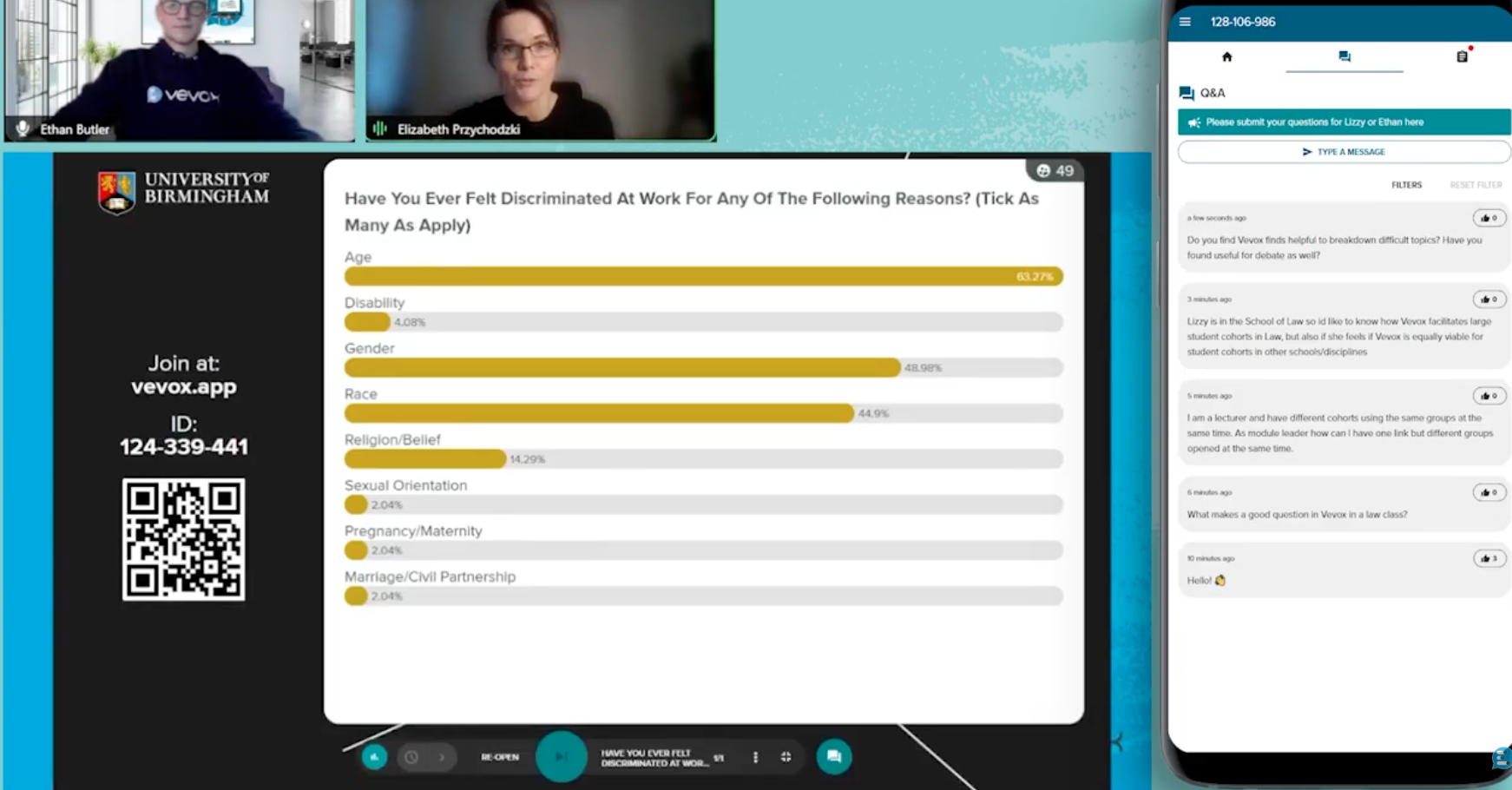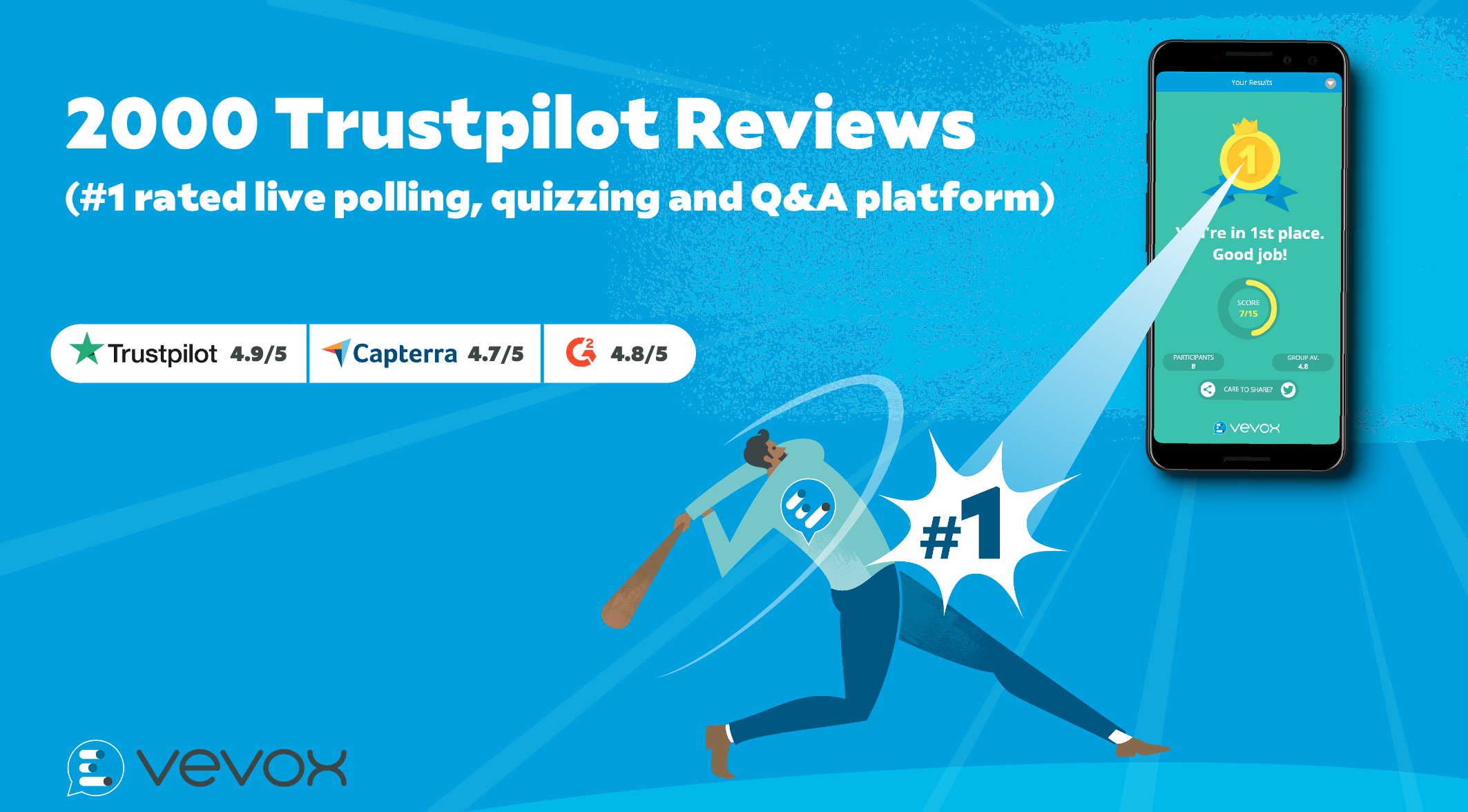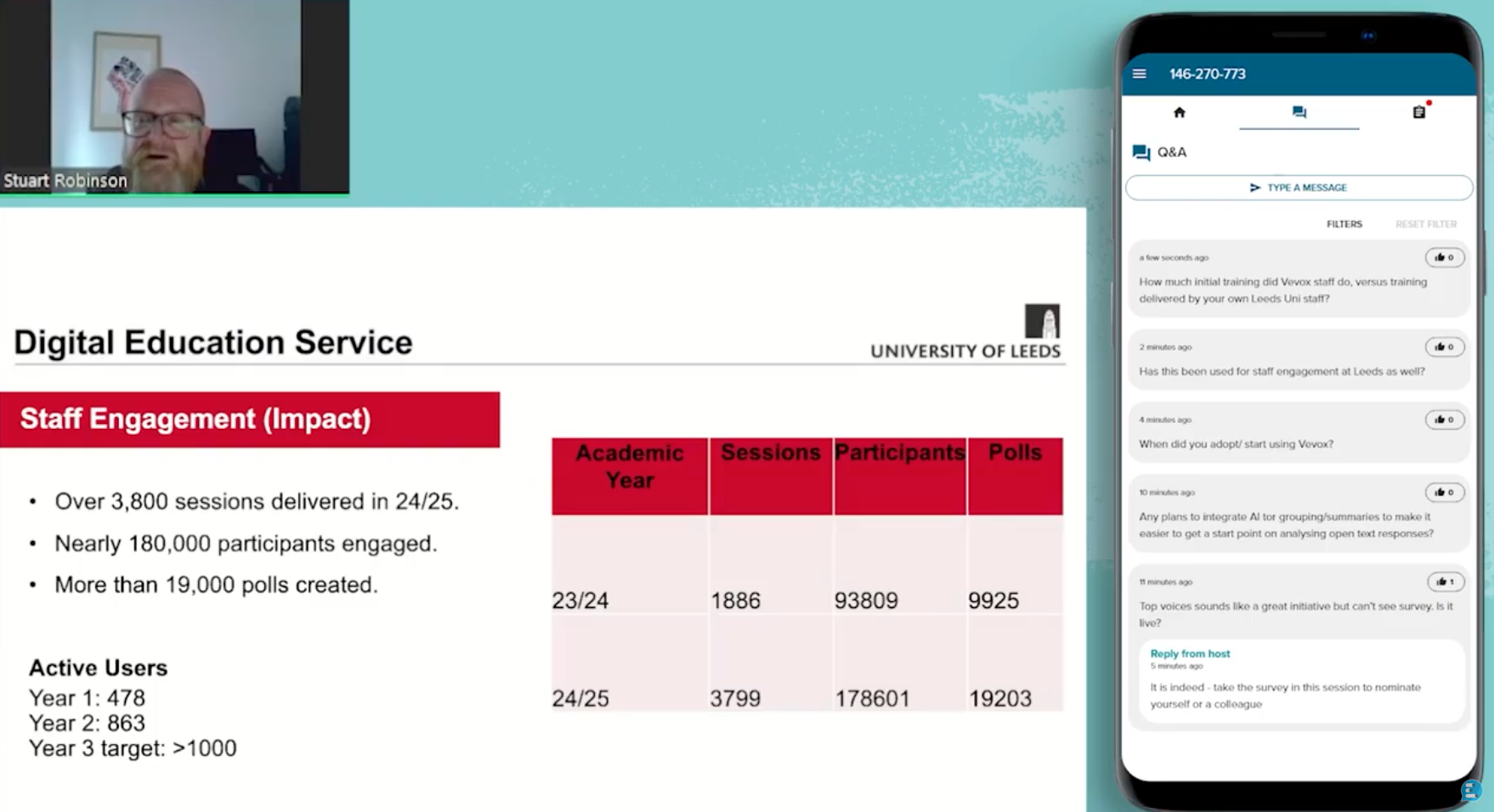It is without a doubt that virtual meetings have increased in popularity. Research organisation, Ovum, stated that a "third of all meetings are being conducted virtually".
Bearing this in mind, there are two questions I wish to answer in this blog:
2. Are face-to-face meetings still valued in the digital age?
To put it simply, both types of meetings present different challenges and offer distinct benefits. Virtual meetings are cost-effective and allow people to be in multiple locations, avoiding any complications associated with travelling to meetings. A virtual meeting is a simple way to connect with a group instantly, anytime and indeed anywhere. However, face-to-face meetings will still be regarded as a fundamental part of most organisations. This is because of one reason alone, people like to create meaningful connections and develop mutual trust to forge a strong foundation to build relationships upon.
While considering this debate, I was interested to see one opinion that mentioned that although a virtual meeting might be simple to join and setup, it is just as easy to click ‘end meeting’ and disengage with the content. This lack of personal interaction can cause attendees to become disengaged. To this extent, the convenience of virtual meetings might be the underpinning reason why this meeting type has become so popular in recent years. To read more about this click here.
How do we overcome the challenges of both meeting types?
One way to further increase engagement over virtual meetings and in face-to-face meetings is to use a communication platform such as an engagement app. This platform would allow a user to actively voice their opinion in a meeting and view other people’s ideas which would cause them to be more engaged. A communication platform encourages interaction and can be used in any meeting type, be that virtually, in person, or both. Within face-to-face meetings, a person might not want to ask a question in the moment, in fear of the question being too controversial. A communication platform that is anonymous allows a user to ask a question that he or she might not have asked in a face-to-face meeting.
Although virtual meetings are appealing for the convenience and face-to-face meetings for personal interaction, a communication platform helps breakdown the barriers and challenges for both meeting types. We can expect more engagement tools to drive our meetings in the future.





